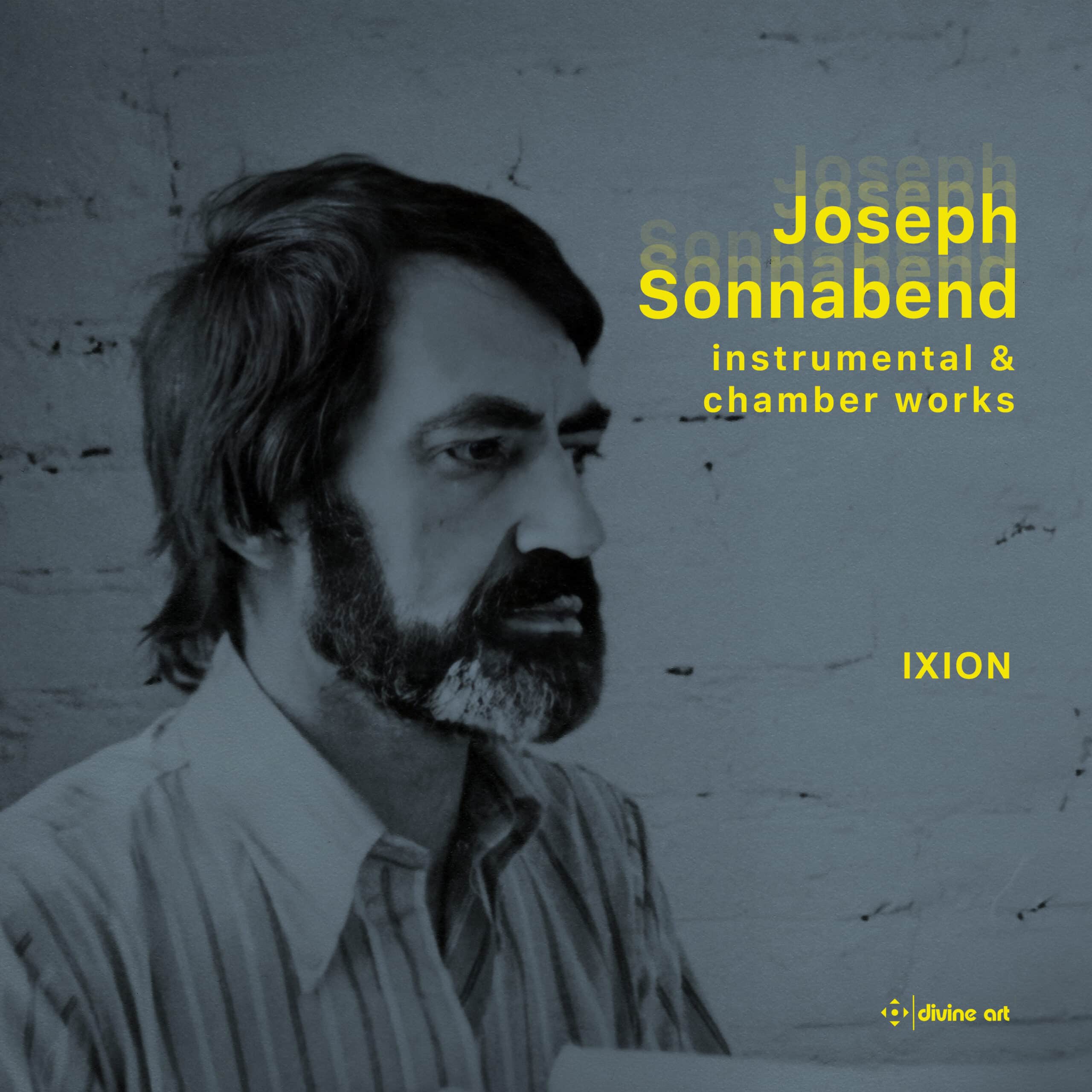Fanfare
Look up Joseph Sonnabend (1933–2021), and you will most likely light upon his medical activities, particularly in the field of AIDS. Here there is a chance to meet Joseph Sonnabend, composer. Sonnabend made his debut as a composer in 2018, at the ripe age of 85, via a concert at Fitzrovia Chapel, London, part of the AIDS Histories and Cultural Festival An enthusiast of the music of Alban Berg, Sonnabend’s music shares with that great composer the creation of a space in which dodecaphony and Romanticism can coexist. One can certainly hear a sinewy chromaticism to the Piano Trio No. 1 in a superb performance by violinist Charles Mutter, cellist Idlir Shyti and Antony Gray (whose unforgettable recording of Michael Blake’s Afrikosmos made one of my Want Lists). The music itself is compelling, unrushed in its unfolding, occasionally unpredictable, and often rejoicing in linear counterpoint. And while Berg is often mentioned in reference to Sonnabend, Schoenberg is there too in the grittier moments. The stand-alone piano piece April eschews grittiness for proto-vernal open-heartedness. Grey plays with wonderful fluidity and a legato touch, finding just the right amount of sustaining pedal. This sounds a little as if it is a song reduction it is certainly melody-led). A change of pianist but not of medium for Mirage, performed by Morgan Hayes, follows;some of the writing here seems directly linked to the counterpoint of Berg’s Piano Sonata, op. 1.
Sonnabend is very good at evoking moods that fit the pieces’ titles (although who knows what came first, the chicken or the egg?). This certainly holds for The Summer Before Last for cello (Shyti) and piano (Gray), riddled with a feeling of nostalgia. It is quite a complex piece though, rising to a significant climax. Shyti plays with real passion; the cello writing is markedly tricky, and the piece includes a fully-fledged cadenza complete with nods to the Bach Solo Cello Suites. This piece is a substantive statement, especially after the preceding two occasional pieces. The solo-violin Fluctuations is stunning, and Charles Mutter’s concentration never flags. The work is fairly extended (nearly 11 minutes in this case); it is discursive but certainly not rambling. All credit is due to Mutter, whose pizzicato riposte to an arco gesture is electric (to give one example of his excellence), whose performance is technically faultless, and who evidently puts both heart and soul into this performance. The other violin piece, Synergism for two violins, is heard in a cut version by Mutter sanctioned by the composer. It is Mutter and Cora-Marina Lordache who present the piece, as two absolutely equally strong voices. It is one of the most compelling pieces for two violins I have heard.
Soprano Emma Tring joins Gray for three songs, listed simply as “Songs Nos. 1, 3, and 5.” Tring’s voice is beautifully pure, a trait I have previously commented on (and rejoiced in) in connection with the Navona recording of John Carollo’s Symphony No. 3 (see Fanfare 43:4, which includes an interview with that composer). It’s a pity that texts are not provided, as this is haiku poetry, where every word and its placement counts for so much. The soprano and right-hand piano dueting in the same register in the second song, “I am not at home,” is delightful, as are Sonnabend’s twists of harmony throughout. The relationship of chromaticism and consonance, so clearly a thread in all of these works, is managed particularly skillfully in these songs. The implied Buddhist basis to the final “How can I beak my attachment to the world” could usher in a linguistic parallel to “Ich bin der Welt abhanden gekommen” and therefore is perhaps Sonnabend’s Mahler-moment; both composers revel in world-weary matters, anyway, albeit via differing vernaculars.
There is no doubt whatsoever that Passacaglia is exactly that, with the slow solo cello line (Shyti) joined, with a sense of inevitability, by the piano. This entrance is a 12-tone ground bass that forms the foundation of the piano’s expansion. The work is a joy, the processes audible but never simplistic, the piece shaped intelligently by both the composer and the executants. Sonnabend’s careful placement of pure octaves on a structural level is notable (and is an aspect of his music that appears in other works in this disc, too). A sudden interruption of the process, leading to a return of the solo cello opening, is most effective.
There are some YouTube videos that are illuminating, directly linked to this release, and recommended as valuable supplementary research. Composer Andrew Toovey had a real input into this project and he offers a spoken introduction, as does violinist Charles Mutter, and there is also a 50-minute Celebration of Joseph Sonnabend available, introduced by BBC Radio 3 announcer Tom Service.
Gripes? Some of the recordings are a touch dry, and although there is plenty of background material in the booklet notes, the commentary on the pieces themselves is distinctly pithy.
But there is nothing really to detract from the importance of this release. Divine Art remains a force for good in the world of music, and Sonnabend’s music is fully deserving of attention.
@divineartrecordingsgroup
A First Inversion Company
Registered Office:
176-178 Pontefract Road, Cudworth, Barnsley S72 8BE
+44 1226 596703
Fort Worth, TX 76110
+1.682.233.4978












